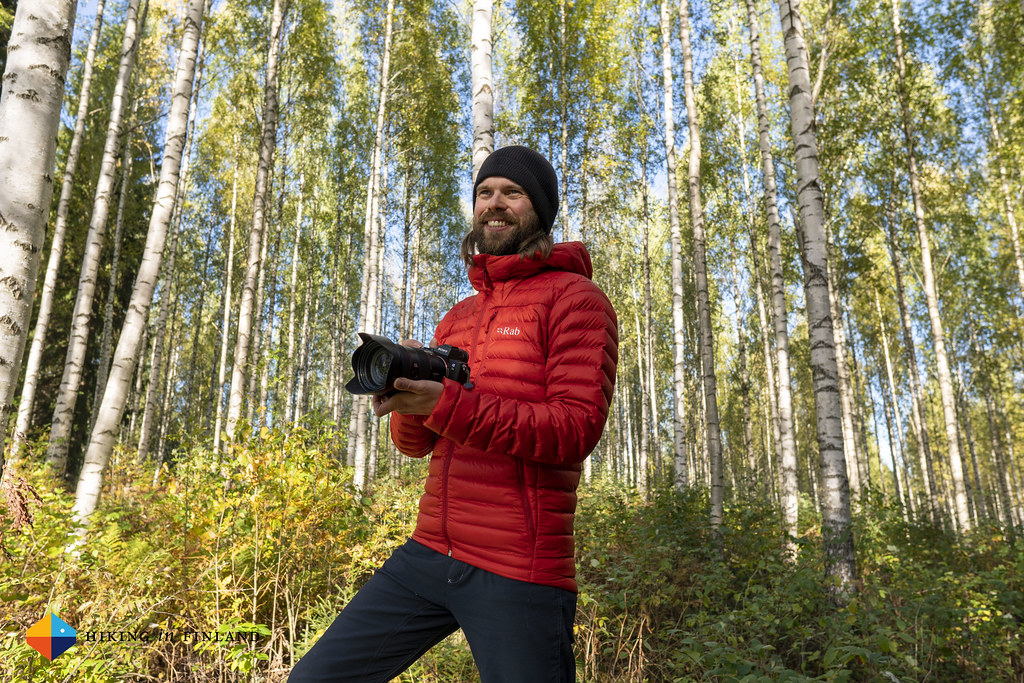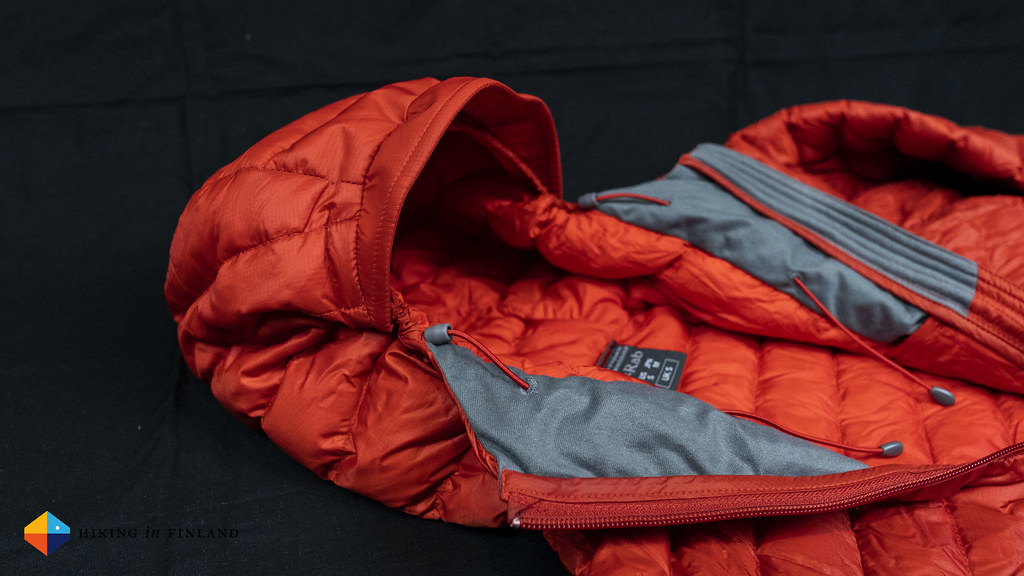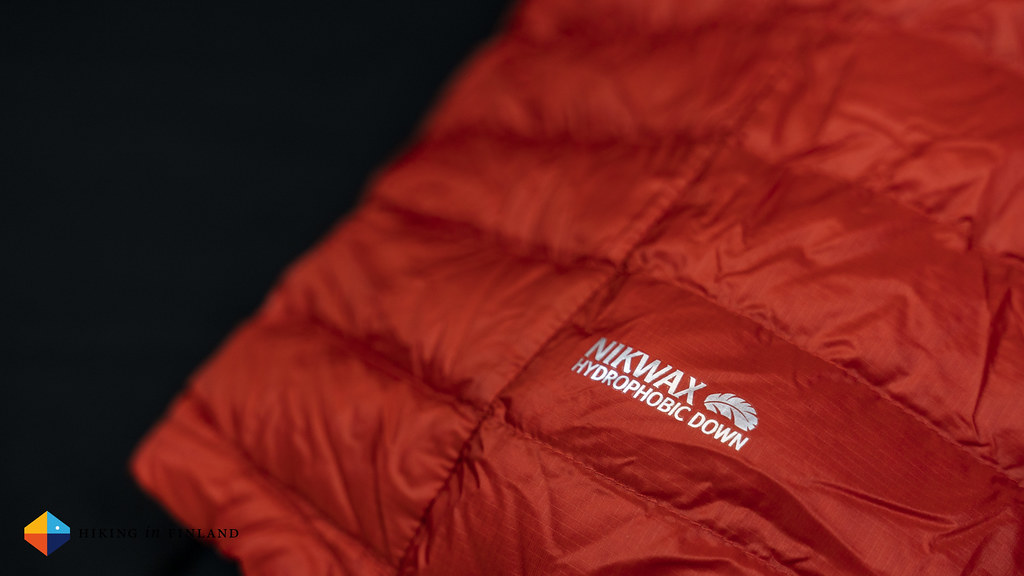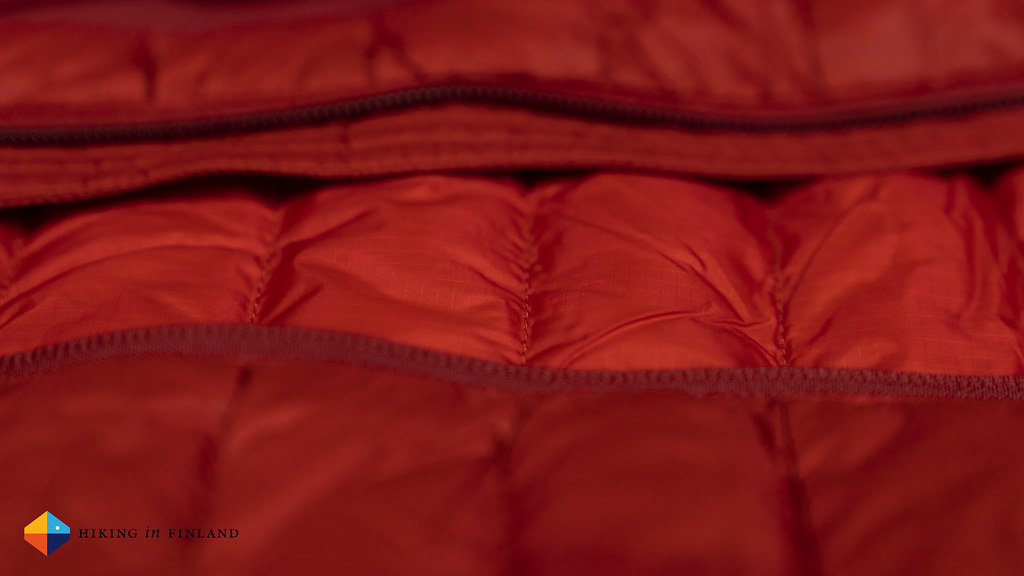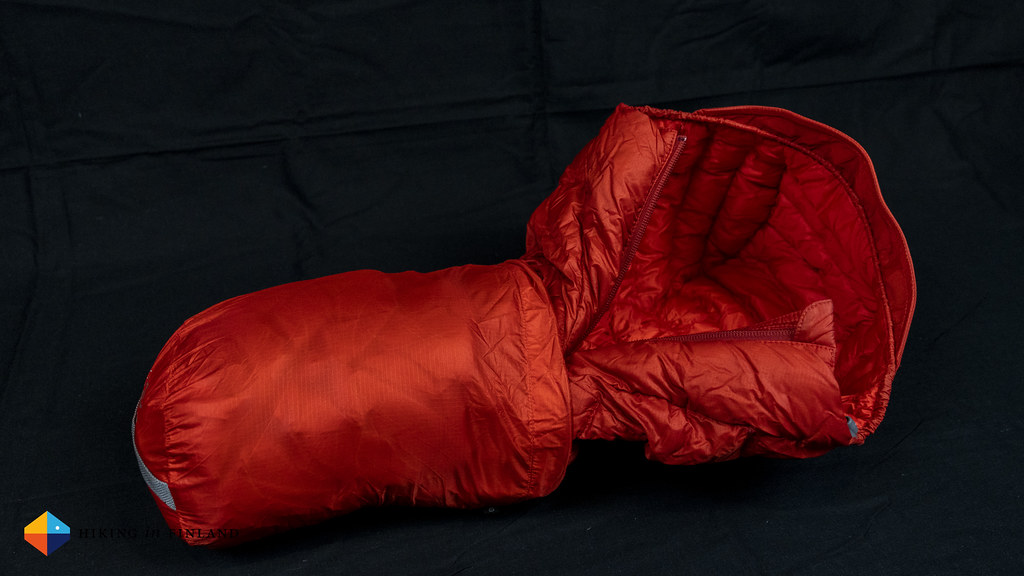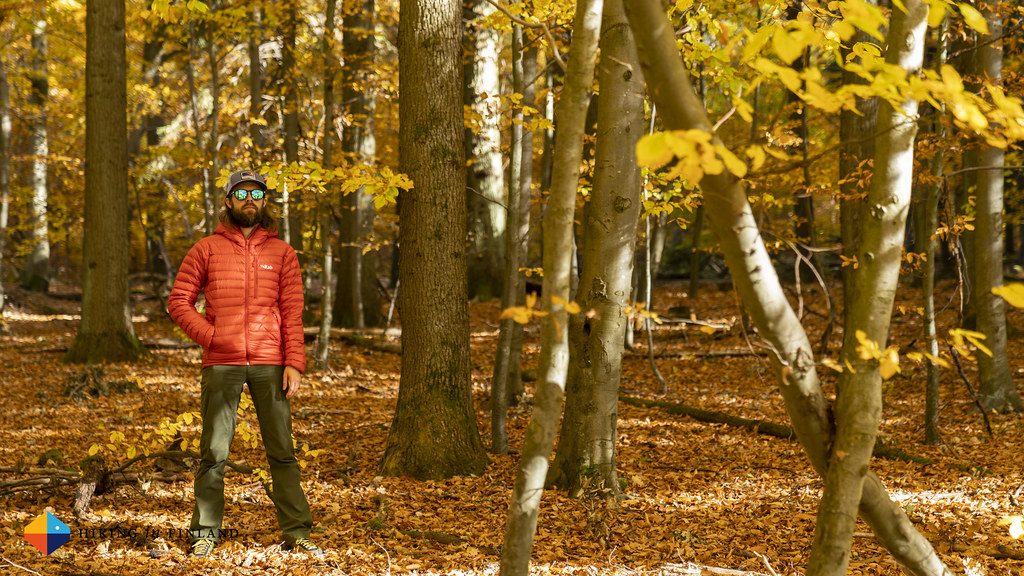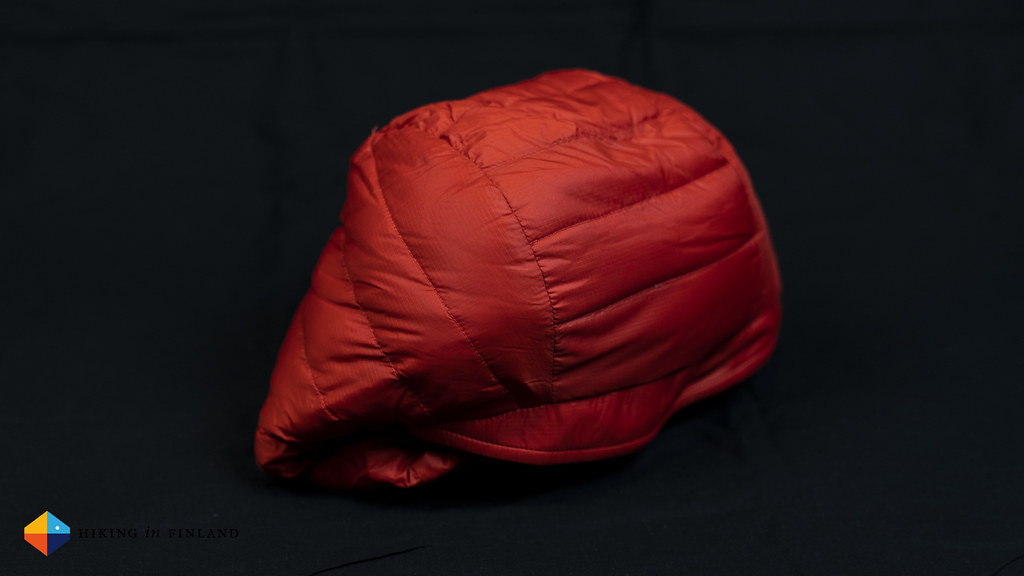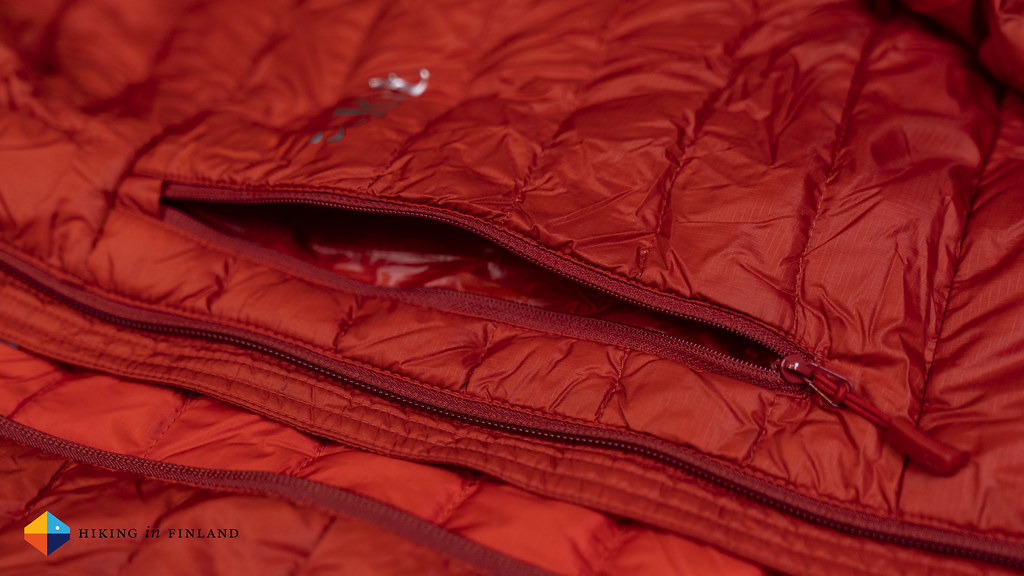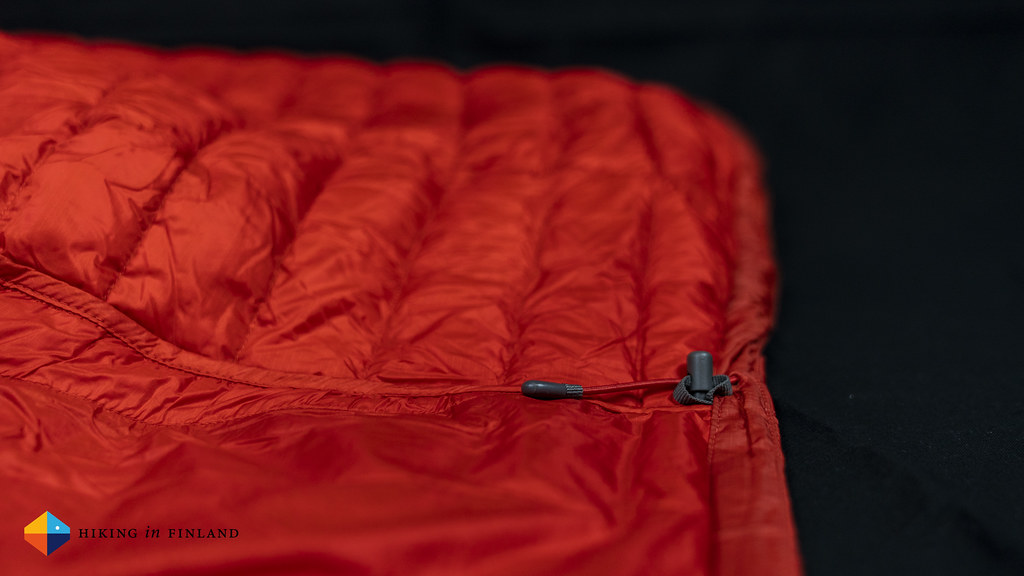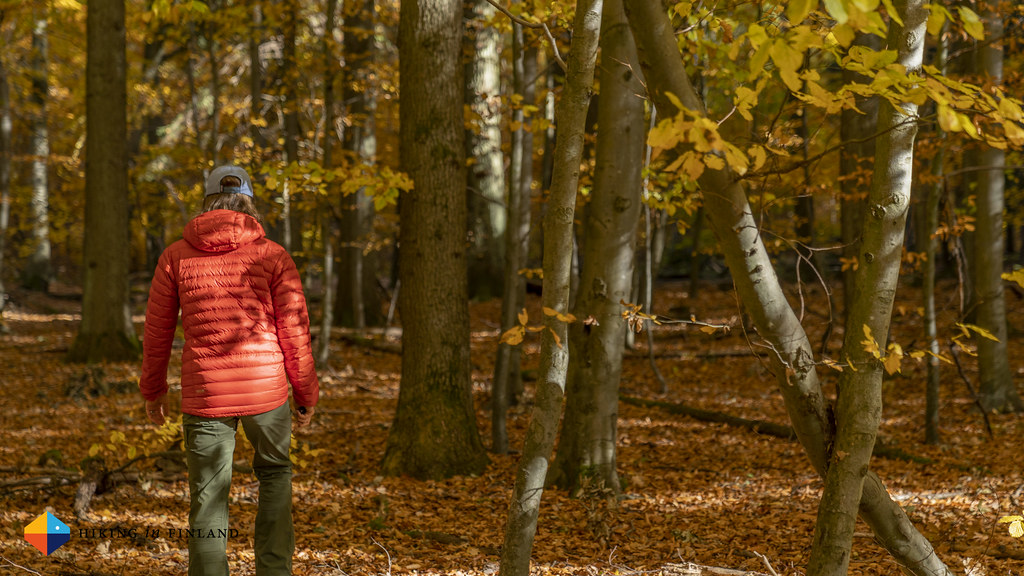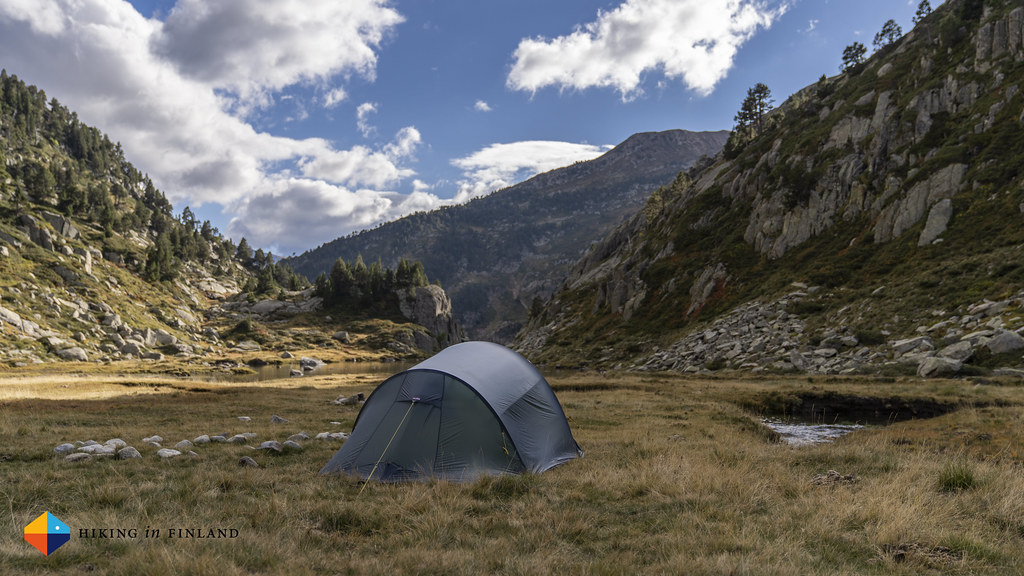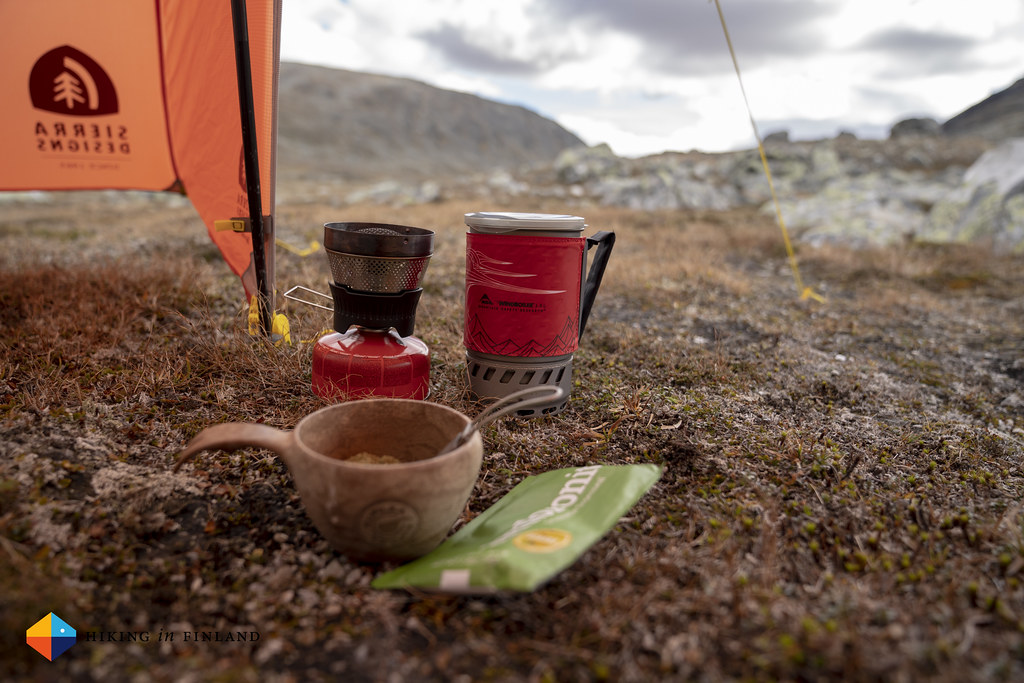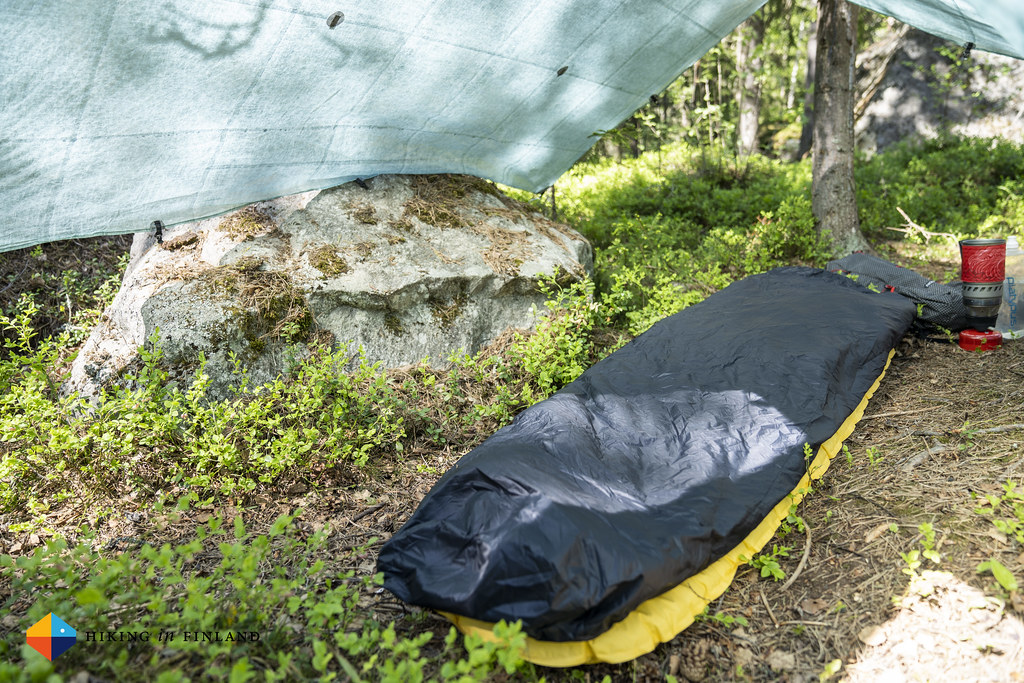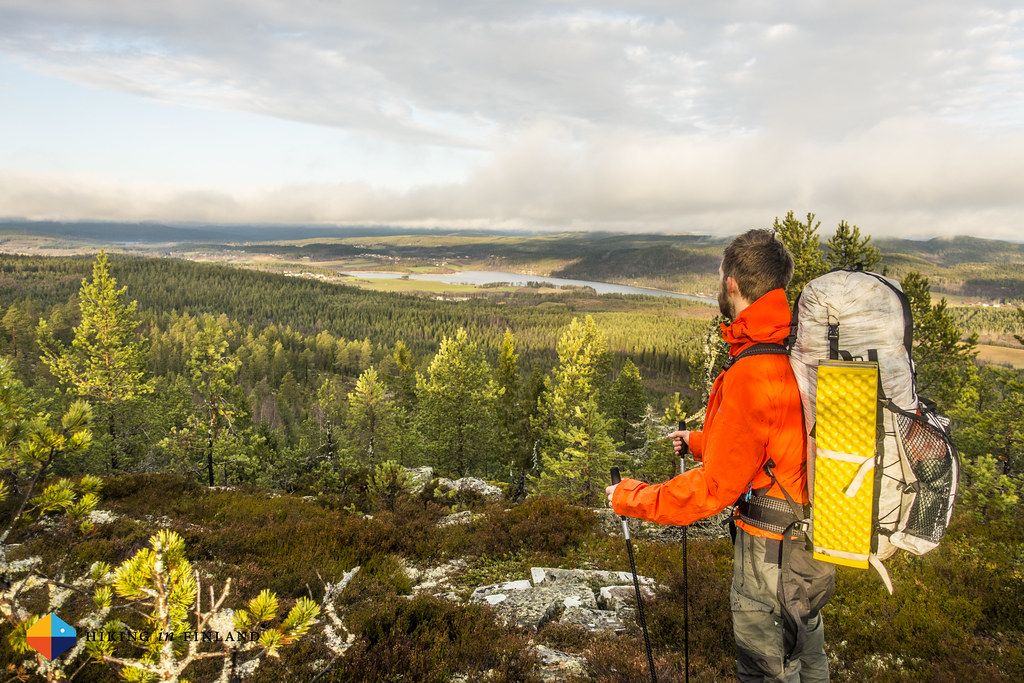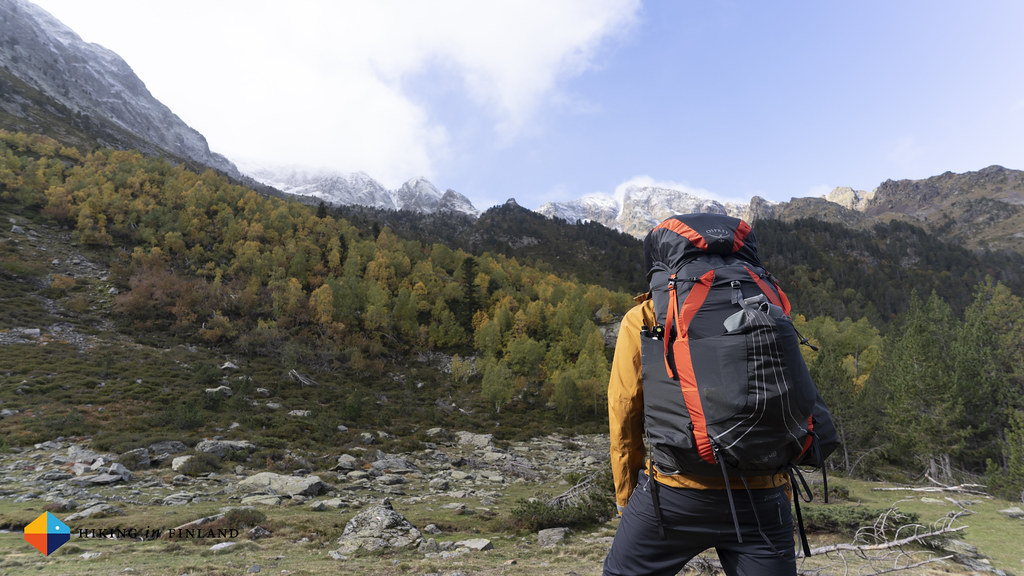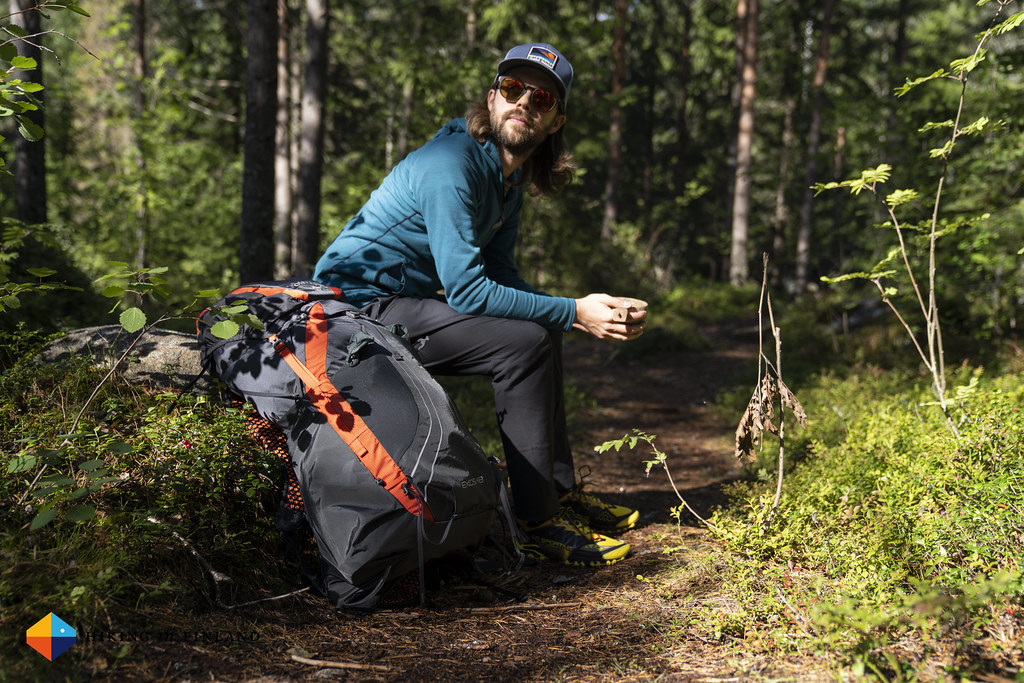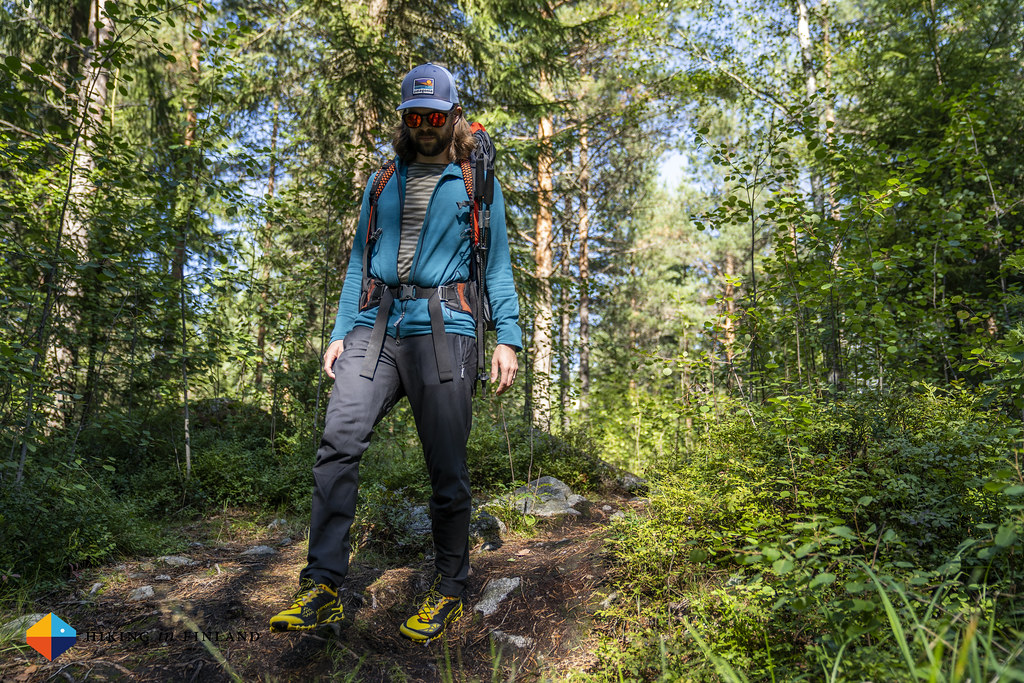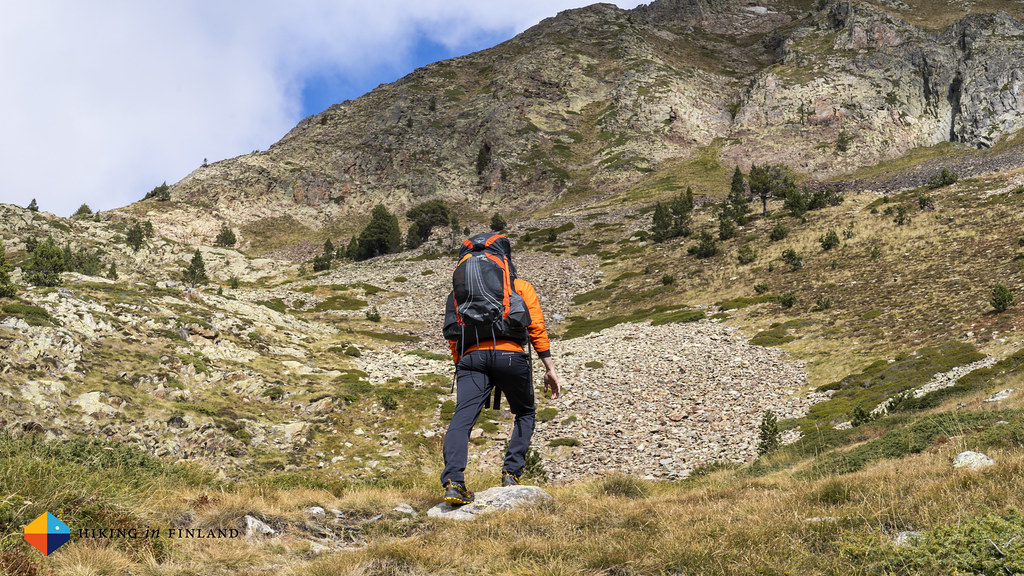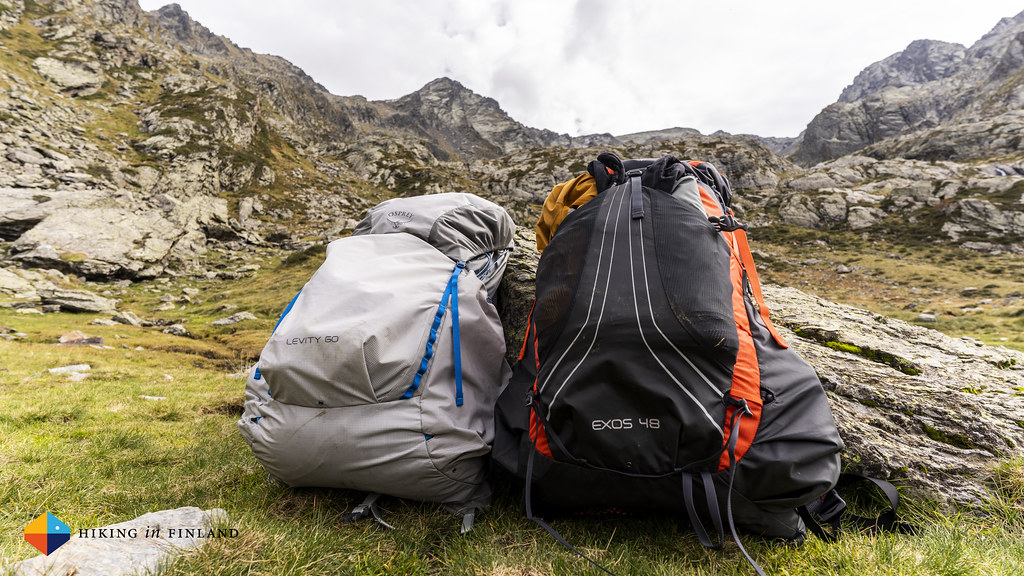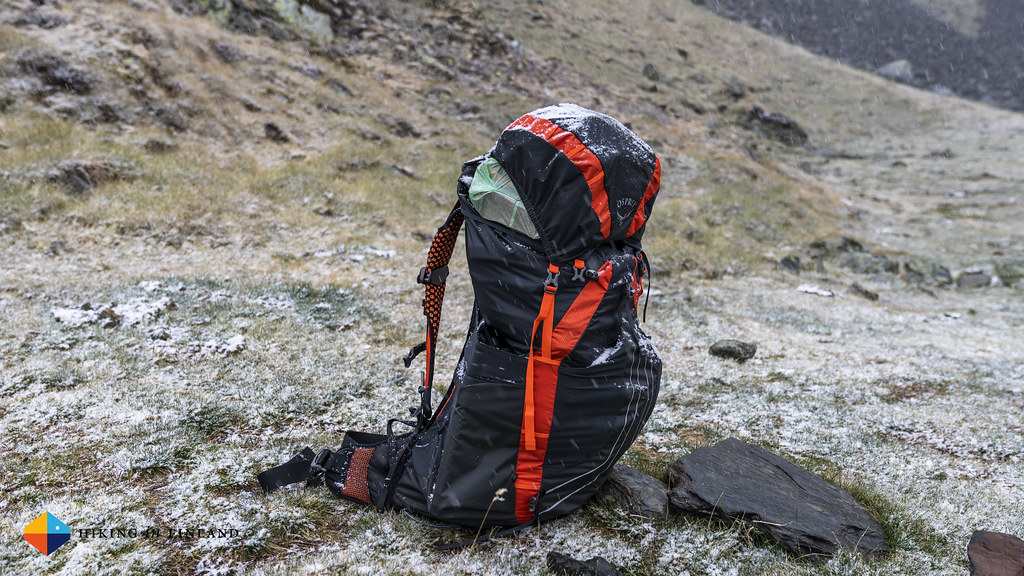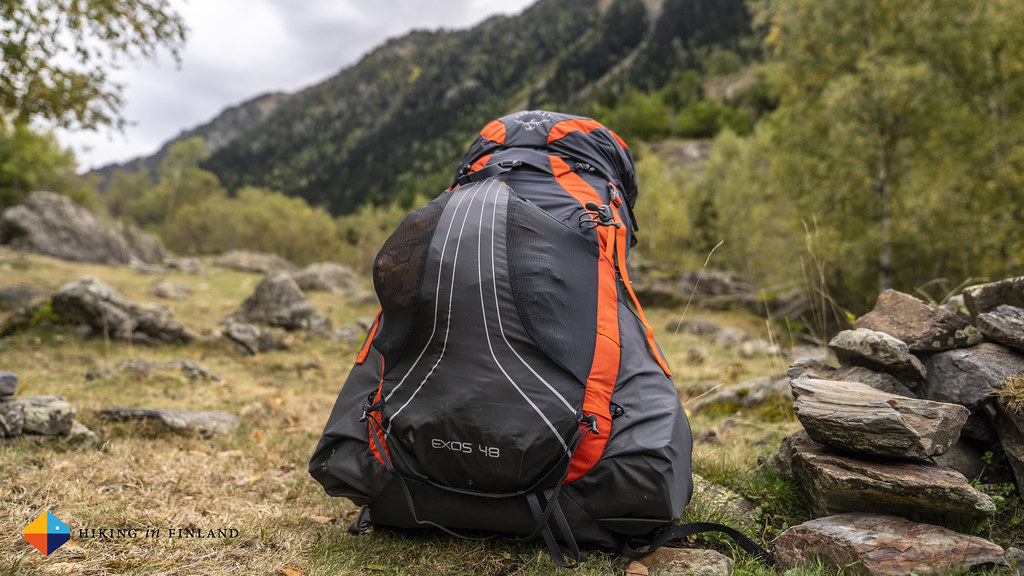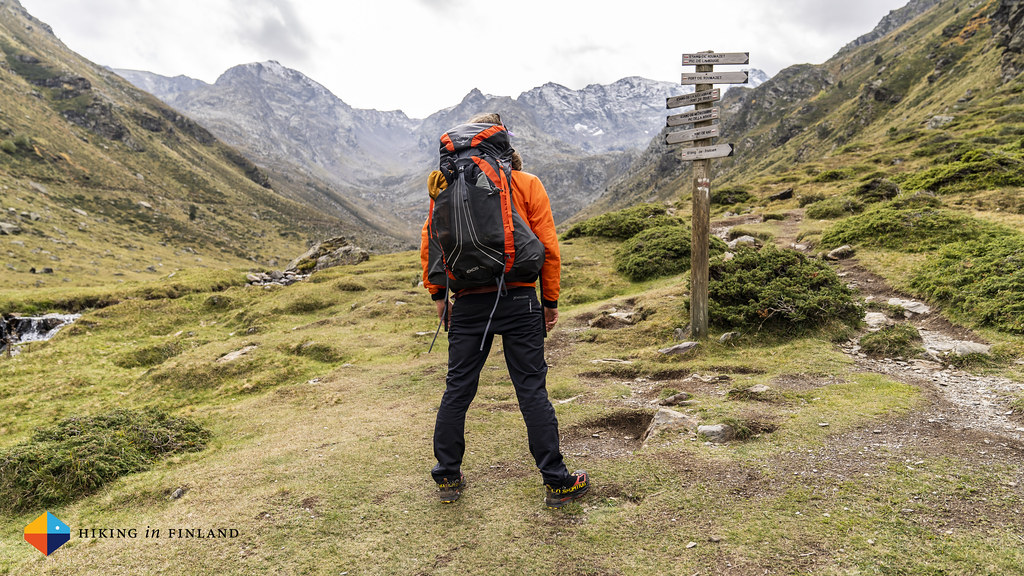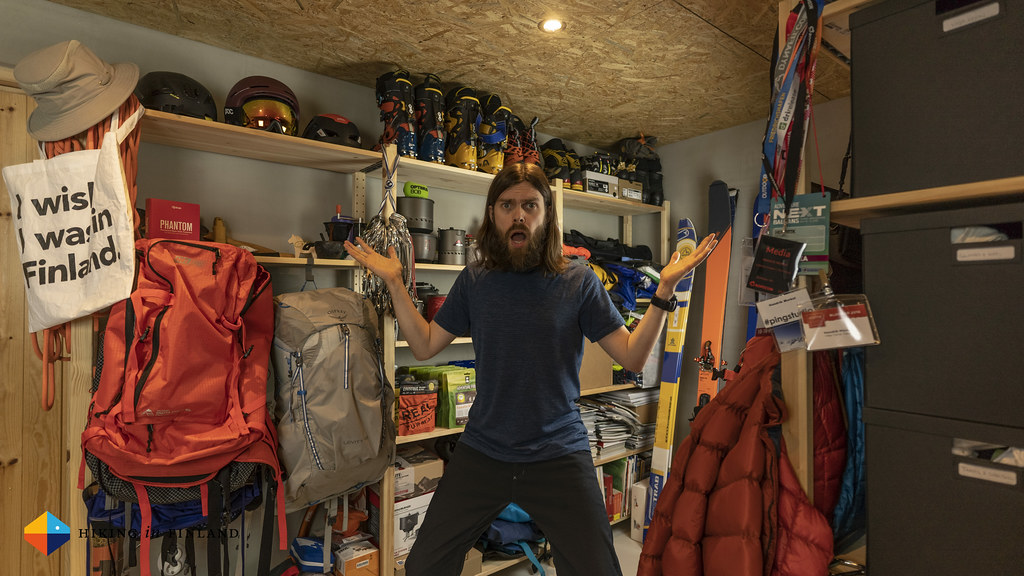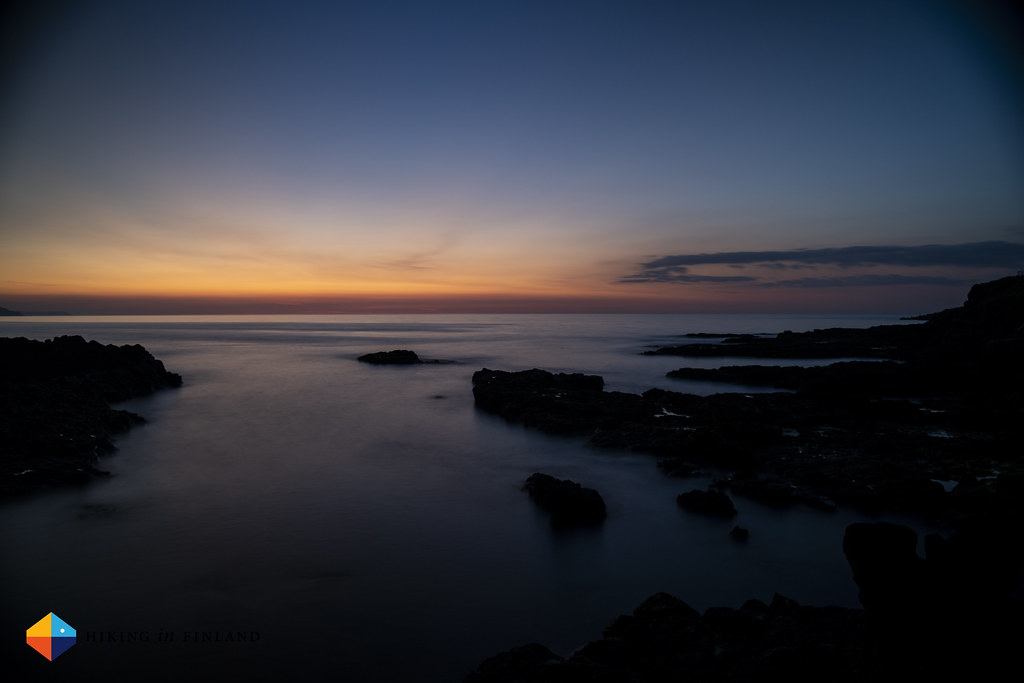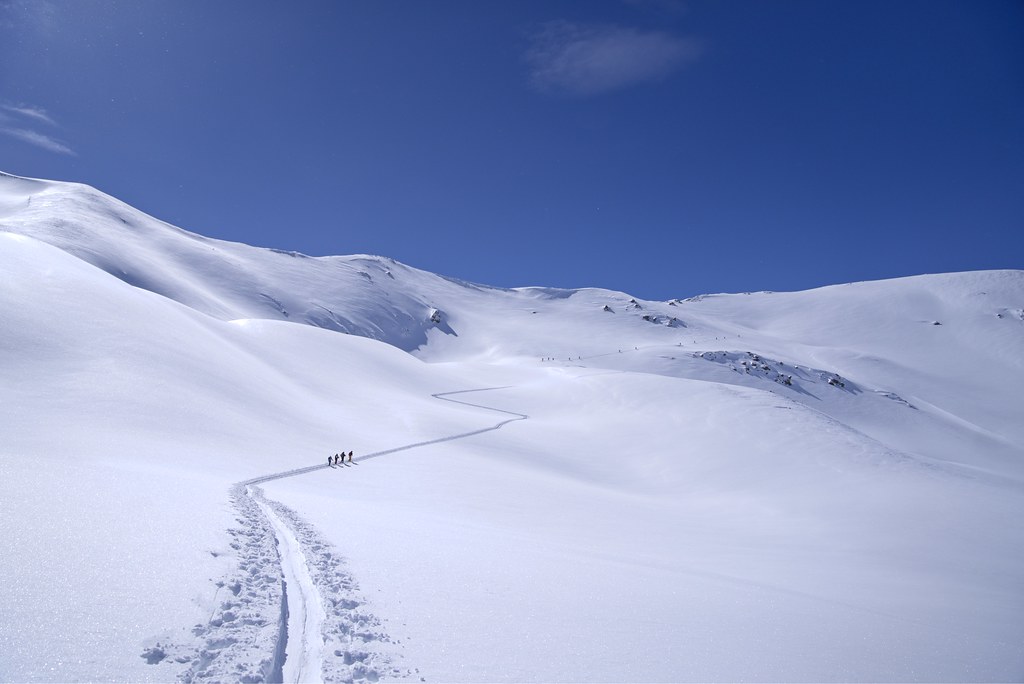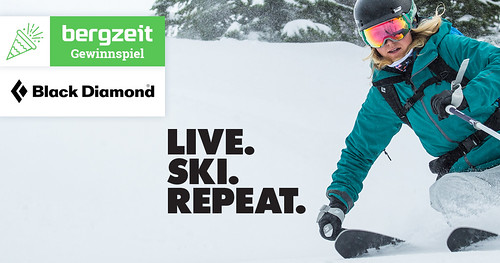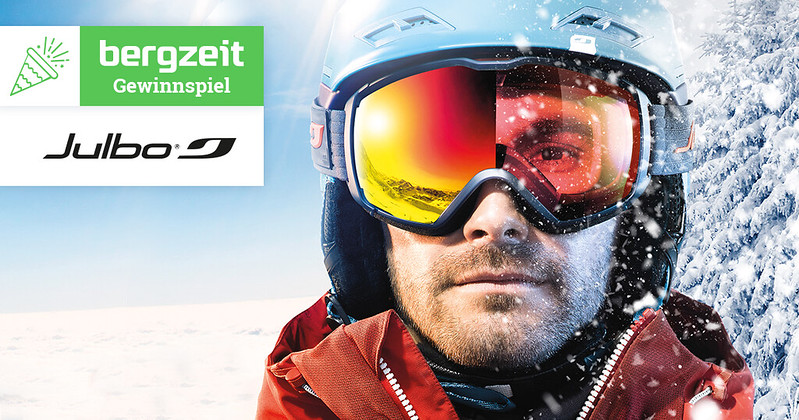It is no measure of health to be well adjusted to a profoundly sick society. – Jiddu Krishnamurti
There is perhaps, no despair more intolerable than the struggle of a new mother. A woman who, instead of ooing and ahhing at her soft, sweet-smelling newborn, is withdrawn, apathetic, or on edge, obsessively preoccupied with all that could go wrong. All those around her feel a reflexive need to help her – to make her ok, and to do something to make sure her infant is safe. This response is likely hard-wired into each and every one of us: Protect mothers. Protect children.
But what if the kind of help we are offering struggling new mothers is actually harming? What if there are variables outside of the realm of biology and chemistry that are disabling these women? Setting them up to fail?
One of the primary shortcomings of psychiatry is its seeming inability to acknowledge that anything is wrong with the way we are living. Instead, researchers and clinicians unwittingly collude with the reductionist perspective that there is something wrong with YOU. That you are broken, never mind the fact that we are living lives bereft of meaning, connection, and purpose, cogs in capitalistic machinery that is systematically destroying our planet.
Women today are mothering without the wisdom of generations before them, without the support of their female family, friends, and community. In fact, they are spending large swaths of time alone with their infants. It is likely, however, that a number of survivalist danger signals would be set off if a woman found herself alone with a baby. In fact, it’s likely that we are now setting historical precedent as a woman has likely never been left alone with a baby – without surrounding tribeswomen – in the history of humanity.
Something is, indeed wrong, and postpartum depression, anxiety, and even psychosis may be a reflection of mismatch with diet, with chemical exposures, with psychospiritual support, and the unraveled communities that once held birth as a collective affair.
New Insight into Postpartum Depression
A 2017 study of postpartum depression1 (a growing target for psychiatric antidepressant medication) illustrates why psychosocial resources, like self-esteem, optimism, gratitude, and forgiveness can be more profoundly effective than drugs…without the inherent risks.
Researchers from UCLA and Hope College looked at how religious and spiritual beliefs and behaviors influence mental health. Specifically, the study focused on postpartum depression, which affects as many as 20 percent of postpartum women. But this study, involving 2,399 postpartum women 18–40 years of age, confirmed what many women have intuitively understood for centuries. It revealed that religious beliefs and spirituality, offering psychosocial resources such as optimism, perceived control, and social support, predicted lower depressive symptoms throughout the entire first postpartum year.
To define whether women were more religious and spiritual, researchers applied the Fetzer Multidimensional Measurement of Religiousness/Spirituality for use in Health Research.2 This tool uses a 16-item self-report measure, the Daily Spiritual Experience Scale (DSES), which has been used in more than 300 published studies. The DSES assesses personal experience of such things as gratitude, mercy, awe, inspiration, deep inner peace, connection with the transcendent, and compassionate love.3
Postpartum women who identified as religious and spiritual had significantly higher levels, for example, of mastery, optimism, and self-esteem. Attributes which facilitate everyday management of stress and promote long-term health. Not surprisingly, the presence of those resources predicted significantly lower symptoms of depression.
Underlying Causes of Postpartum Depression
The study adds to a growing body of work that establishes a link between spirituality and enhanced health and well-being, particularly with regard to depression. This may be especially relevant to postpartum depression, since childbirth so intimately and meaningfully relates to religious and spiritual beliefs and rituals. Our cultural ancestry, and the vital ways that positive, healthy components of it are absent in modern society, deserves a more prominent role in the treatment of postpartum depression.
That includes certain aspects of ancestral diet, versus today’s habitual model of processed, chemical-laced, nutrition-depleted factory food. Unfortunately, most research on pregnancy-related mood disorders doesn’t control for such key factors as metabolism, inflammation, diet, or routine exposure to environmental toxicants. The body is wired to express mismatch and disharmony. One of the most common ways this is expressed postpartum is through thyroid dysfunction and associated autoimmune diagnoses. Postpartum thyroiditis is common, and is likely, not coincidentally seated in the fifth chakra, the energetic center of self-expression. This diagnoses is also eminently reversible through lifestyle interventions from the physical to the spiritual.
The latest treatment: Bexanolone
Conventional psychiatry, however, has been unilaterally focused on pharmaceutical interventions, despite a conspicuous lack of high quality research to support this approach (including only three randomized, placebo controlled trials of antidepressants in the postpartum population).
One of the newest drugs being rushed to market for the treatment of postpartum depression is brexanolone. In September of 2017, brexanolone failed its clinical trial4 as a treatment for super-refractory status epilepticus, but just two months later, the drug was being touted as a cure for postpartum depression, gaining fast-track status from the FDA.5 That’s despite the fact that the more trials were conducted, and the larger the sample of women they tested became, the less statistical significance the drug’s effect showed…compared to an ordinary placebo.6
That worries some investors who back the drug. As one publication that tracks biotech for investors explained, “The data contain a few blemishes that, while unlikely to derail the drug, raise questions about the extent to which it will improve the lives of people with PPD and where its peak sales will top out.”7
If potential stockholders have concerns, women who are potential candidates for the drug should have even greater concerns.
Of course, the pharmaceutical industry is preaching a different belief system, one that fails to recognize the relevance of context, the wisdom of ancients, and the meaning of symptoms to express mismatch and imbalance that is correctable. This drug-supportive dogma says that women should blindly accept the idea that a possible if not probable state of the body is emergent, inevitable disease…not wellness and self-determination. The more we buy into this modern fairy tale, the more it reinforces a false culture of fear that spreads like a virus. That’s despite compelling evidence that antidepressants can actually accelerate what may be merely a temporary adjustment, sometimes into experiences of violence against self and infant.
Nurturing a Culture of Healthy, Natural Psychosocial Support
Studies like this one from UCLA and Hope College highlight the fact that when a woman experiences symptoms of postpartum depression, we should take a broader, more holistic view. That includes a thoughtful examination of her psychosocial and spiritual resources. A woman’s social environment and culture play a critical role in her overall health.8 But women today are constantly exposed to the fear-based, profit-driven culture of corporate pharmaceutical medicine.
In previous generations and societies, mothers were embraced by a cohesive, multilayered psychosocial and psychospiritual support network. Some cultures incorporate rituals that include preparing special food for preconception women, to physiologically prepare them for motherhood. But that gesture of healthy, intentional support also provides multiple levels of psychosocial security.
We’ve wandered off the path as a species. We are meaning-seeking beings and birth is an in-built form of initiation. Initiation to a woman’s innate power, and also to her greater connection in the web of being-ness, and perhaps even to cosmic energies. If she is struggling after this experience, it may very well be related to a thwarted birth experience, to lack of support and isolation, and to her body’s overwhelming stress.
The good news, highlighted by the recent study, is that women who are more in-tune with their spirituality and enjoy the support of a spiritually-minded community show fewer symptoms of postpartum depression. They also show significantly higher levels of optimism, self-esteem, and feelings of control over their lives…at a time so critical to the newborn’s healthy development.
You can begin regaining that control (and join our own vibrant support system) by taking advantage of the restorative steps offered through our online program, and the tips and protocols found in A Mind of Your Own.
References
- 1 https://ift.tt/2PW2t0j
- 2 https://ift.tt/2Dkj9rJ
- 3 https://ift.tt/2PX4slf
- 4 https://ift.tt/2Dkj9YL
- 5 https://ift.tt/2PZqbJ8
- 6 https://ift.tt/2Aovl6h
- 7 https://ift.tt/2Aovl6h
- 8 https://ift.tt/2PSbCqX

